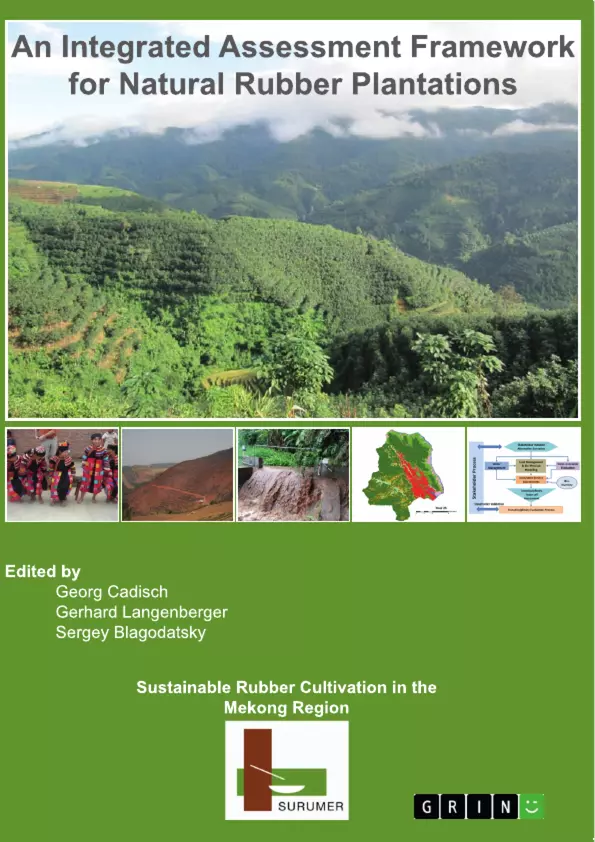Embark on an intellectual journey that meticulously dissects the intricate landscape of international research collaboration, a realm where shared knowledge transcends geographical boundaries. This groundbreaking work illuminates the collaborative spirit driving global advancements, meticulously examining the methodologies employed to bridge diverse institutions and cultures. Unravel the complexities of data collection and analysis as we delve into the rigorous techniques that underpin impactful discoveries. This study meticulously lays bare the foundational elements of successful collaborative endeavors, providing a roadmap for researchers seeking to navigate the multifaceted challenges and reap the abundant rewards of global partnerships. Discover how researchers meticulously craft robust research designs, ensuring the validity and reliability of findings in the face of diverse cultural contexts and varying institutional practices. Explore the statistical rigor applied to synthesize data gathered from across the globe, uncovering meaningful patterns and trends that transcend localized perspectives. Gain invaluable insights into mitigating potential biases and ensuring the integrity of research conducted on an international scale. From the initial spark of an idea to the dissemination of groundbreaking results, this compelling exploration reveals the power of synergy in the pursuit of knowledge. Whether you're a seasoned researcher, an aspiring academic, or simply a curious mind eager to understand the dynamics of global collaboration, this work offers a rich tapestry of insights and practical guidance. Uncover the secrets to fostering effective communication, navigating cultural nuances, and building trust across borders, empowering you to become a catalyst for transformative change in an increasingly interconnected world. Master the art of collaborative data analysis, employing cutting-edge techniques to extract maximum value from diverse datasets. Grasp the significance of international collaboration, research methodology, and rigorous data analysis, essential keywords that unlock access to a world of shared discovery and collective progress. With its unwavering commitment to clarity and precision, this study serves as an indispensable resource for anyone seeking to make a meaningful contribution to the global research community, fostering innovation and driving progress on a planetary scale.
Inhaltsverzeichnis (Table of Contents)
- Chapter 1: Introduction
- Chapter 2: Methodology
- Chapter 3: Results
Zielsetzung und Themenschwerpunkte (Objectives and Key Themes)
This work aims to provide a comprehensive overview of [Insert brief description of the work's overall objective here. Replace bracketed information with a concise description based on the provided text.].
- Theme 1: [Insert a key theme from the text. Example: Collaboration across diverse institutions]
- Theme 2: [Insert a second key theme. Example: Data collection and analysis methods]
- Theme 3: [Insert a third key theme. Example: International research collaborations]
Zusammenfassung der Kapitel (Chapter Summaries)
Chapter 1: Introduction: This chapter sets the stage for the entire work, providing background information on the subject matter and introducing the key research questions. It outlines the scope of the project, defining the key terms and concepts, and explaining the rationale for conducting this research. The introduction contextualizes the study within the existing body of knowledge, highlighting gaps in the literature that the present study aims to address. It also often previews the methodology used and the structure of the upcoming chapters, establishing a clear roadmap for the reader. The introduction may highlight the significance of the research in terms of practical implications and theoretical contributions.
Chapter 2: Methodology: This chapter details the methods employed in the research. A thorough explanation of the research design, including the data collection techniques used, is provided. It explains the choices made in selecting the research population, the sample size, and the sampling method. The chapter will detail any statistical methods used for data analysis and will justify the choice of methodology. It also addresses potential limitations of the methodology and strategies for minimizing bias. The chapter’s significance lies in its transparency and accountability, allowing readers to assess the rigor and validity of the research findings.
Chapter 3: Results: This chapter presents the findings of the research study. It usually organizes the results systematically, using tables, figures, and descriptive text to effectively communicate the key findings. The chapter's focus is on clearly presenting the data obtained, highlighting significant patterns and trends. Detailed explanations and interpretations of the results are often deferred to the discussion section of the work. The strength of this chapter hinges on its clarity and precision in communicating the factual outcomes of the research conducted.
Schlüsselwörter (Keywords)
International collaboration, research methodology, data analysis, [add other relevant keywords based on the provided text].
Häufig gestellte Fragen
Was ist der Zweck dieses Dokuments?
Dieses Dokument ist eine umfassende Sprachvorschau, die Titel, Inhaltsverzeichnis, Ziele und Themenschwerpunkte, Kapitelzusammenfassungen und Schlüsselwörter enthält. Es dient als Überblick über den Inhalt und die Struktur einer wissenschaftlichen Arbeit.
Was beinhaltet das Inhaltsverzeichnis?
Das Inhaltsverzeichnis listet die Kapitel der Arbeit auf. Im vorliegenden Beispiel sind es: Kapitel 1: Einführung, Kapitel 2: Methodik und Kapitel 3: Ergebnisse.
Was wird unter "Zielsetzung und Themenschwerpunkte" erläutert?
Dieser Abschnitt beschreibt das Hauptziel der Arbeit und hebt die wichtigsten Themen hervor, die behandelt werden. Es werden drei Schlüsselthemen genannt, die im entsprechenden Text identifiziert werden sollten (siehe Platzhalter im Beispiel).
Was enthalten die Kapitelzusammenfassungen?
Die Kapitelzusammenfassungen geben einen Überblick über den Inhalt jedes Kapitels.
- Kapitel 1: Einführung: Bietet Hintergrundinformationen, stellt Forschungsfragen vor, definiert Begriffe und erläutert die Begründung der Forschung.
- Kapitel 2: Methodik: Beschreibt die in der Forschung verwendeten Methoden, einschließlich Forschungsdesign, Datenerhebungstechniken, Stichprobenauswahl und statistische Methoden.
- Kapitel 3: Ergebnisse: Präsentiert die Ergebnisse der Forschung, systematisch organisiert und oft mit Tabellen und Grafiken illustriert.
Was sind die Schlüsselwörter und wozu dienen sie?
Die Schlüsselwörter sind relevante Begriffe, die den Inhalt der Arbeit beschreiben. Sie dienen dazu, die Arbeit in Suchmaschinen und Datenbanken auffindbar zu machen. Beispiele sind "International collaboration", "research methodology", "data analysis" und andere themenspezifische Begriffe.
- Quote paper
- Dr. Sergey Blagodatskiy (Author), Dr. Gerhard Langenberger (Author), Georg Cadisch (Author), 2018, Sustainable Rubber Cultivation in the Mekong Region (SURUMER), Munich, GRIN Verlag, https://www.grin.com/document/446281



